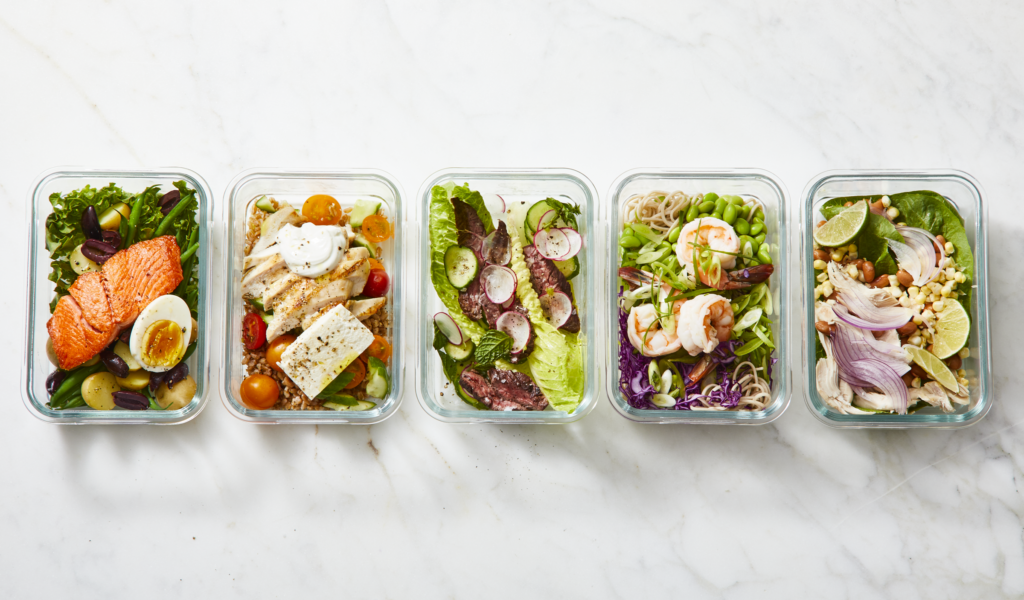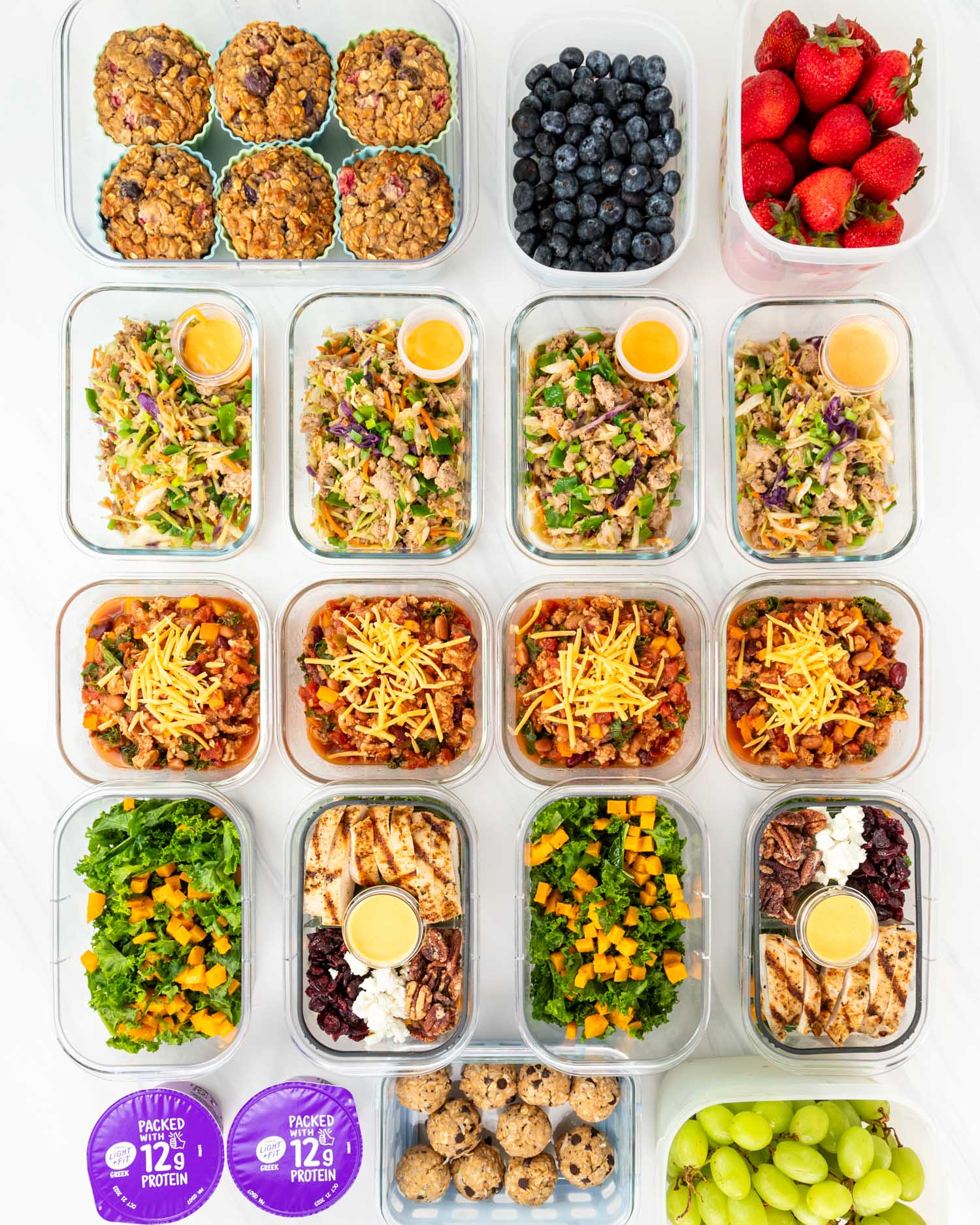 When I first considered planning and preparing meals for the week, I wasn’t convinced it would make much of a difference. Would it actually save time? Could I keep up with the routine? Months later, I can confidently say meal prepping has exceeded my expectations, offering benefits I hadn’t anticipated.
When I first considered planning and preparing meals for the week, I wasn’t convinced it would make much of a difference. Would it actually save time? Could I keep up with the routine? Months later, I can confidently say meal prepping has exceeded my expectations, offering benefits I hadn’t anticipated.
One of the biggest perks has been reducing decision fatigue. Before meal prepping, I spent unnecessary mental energy daily just deciding what to eat. Now, with meals ready and waiting, it’s one less thing to worry about.
Another surprising benefit has been the improvement in my eating habits. With pre-portioned meals, I’m less likely to overeat and more likely to stick to healthier options. Even on hectic days, I can rely on balanced, home-prepped meals rather than unhealthy snacks or takeout.
Tips for Consistently Planning and Preparing Weekly Meals
Like any lifestyle change, sticking to meal prep requires some dedication. Here’s what has worked for me:
- Start small: I began by prepping two or three meals a week. This approach made the process manageable and gave me time to build confidence.
- Opt for simple recipes: Gourmet-level meals aren’t necessary. Basic dishes like roasted vegetables and baked chicken are both effective and easy to prepare.
- Establish a routine: I set aside Sunday afternoons for meal prep. This time block is non-negotiable, and having it in my schedule helps me stay consistent.
Consistency is important, but it’s also okay to have off weeks. There are times when I prep less or skip it entirely, and that’s perfectly fine.
Common Meal-Prep Mistakes and How to Avoid Them
Over the months, I’ve made mistakes while learning to meal prep. Here are the most common pitfalls and the adjustments that have helped:
- Over-prepping: In the beginning, I tried cooking five different dinners each week, which quickly became overwhelming. Now, I stick to two or three core meals and rotate them.
- Neglecting snacks: Initially, I only prepped meals and ended up snacking on unhealthy options. Now, I prep healthy snacks like trail mix, hummus with veggies, or boiled eggs.
- Skipping cleanup: Leaving a messy kitchen for “later” made meal prep stressful. Cleaning as I go has transformed the experience.
Small changes like these have made my meal prep routine more enjoyable and effective.

